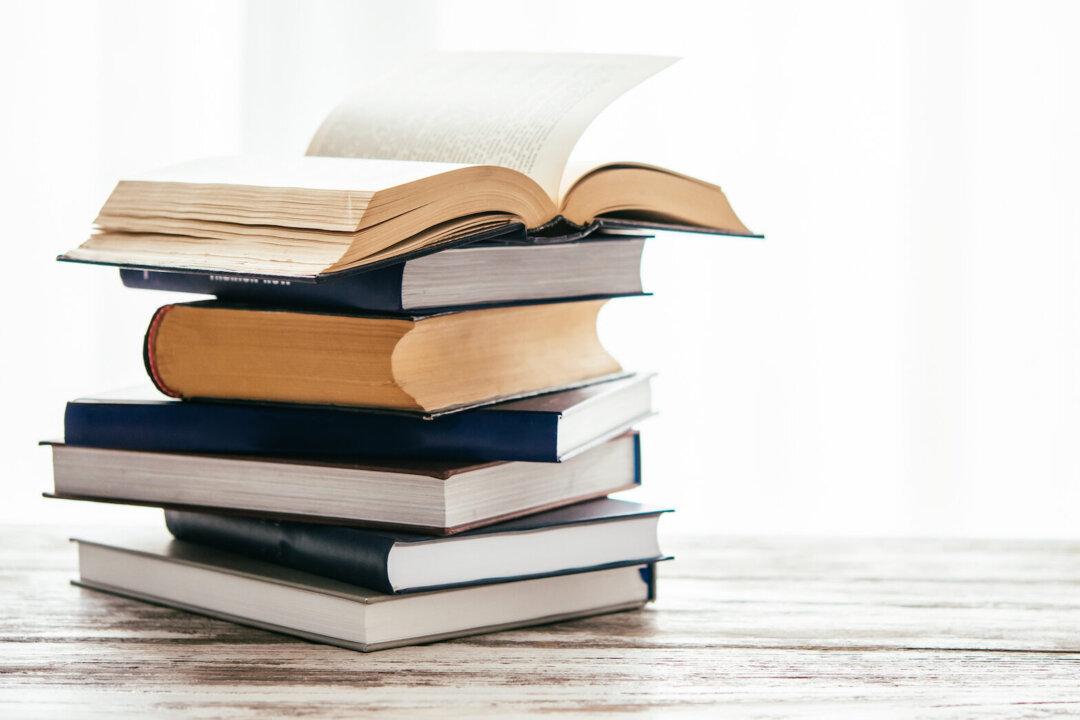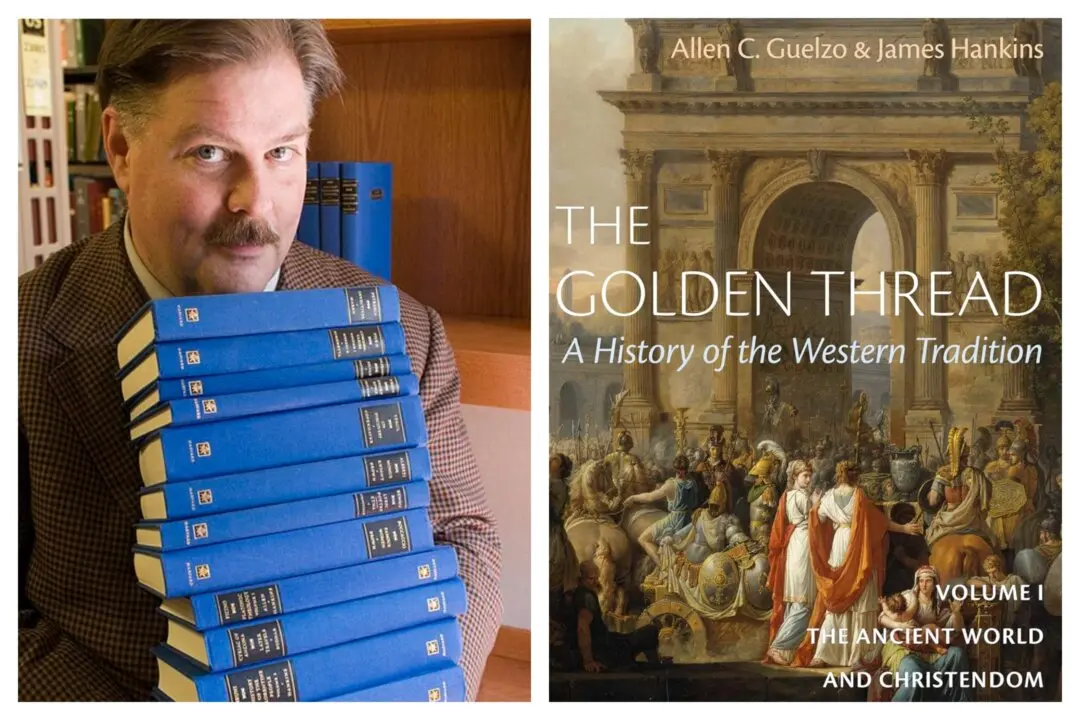Some readers may be homeschooling their children this year. Others may have enrolled them in private, public, or charter schools. But whatever means we have selected for our children’s education, the desired end results for all of us are pretty much the same. We want our kids to leave high school not only with a diploma in hand, but with a solid grounding in academics: math, science, history, a foreign language, and composition.
And of course, we want them to be competent readers, hoping as well they enjoy reading and will have explored at least some of the great books of our civilization.






